|
Many far-field voice devices employ beamforming microphone arrays to improve speech recognition and communication performance. However, often the simulation of the acoustic wave during DSP design only includes phase differences due to array spacing and neglects more complex geometry such as element porting, enclosures, tables or walls. These objects cause diffraction and reflections of the incoming acoustic wave around the sensor can lead to errors in beamforming and direction-of-arrival algorithms. IAR can use Comsol Multiphysics or Lumped Element Simulation (depending upon the complexity of geometry, frequency range of interest and available time) to provide simulated complex acoustic pressure “vectors” to DSP designers to improve the performance of the array including geometric features, prior to any prototype production or PCB fabrication.
Larry Marcus and Marc Reese
By: Marc Reese and Larry Marcus Indy Acoustic Research celebrates its first year! A lot of effort has gone this year into building our lab's capabilities to ensure we can support our customer's needs and timing. Below are some pictures of some of our activities in the past few months.
by: Larry Marcus
Built in 1984, the IAR Anechoic Chamber is like me: it’s old but it still works. It has a cutoff frequency of about 120Hz and is about 3 meters by 3.7 meters by 2.6 meters tip-to-tip. Compare the photo here with the more recent one below in this blog series with the four intrepid IAR founders! Significant products developed and studies conducted in our anechoic chamber include many IEEE and TIA standards contributions, the first gradient microphones with speakerphones, first extensive ISDN and VoIP testing, first mechanical-acoustical analysis of conference phones, etc., not to mention days upon days of other transducer development and product testing.
|
Archives
January 2024
Categories
All
|

|
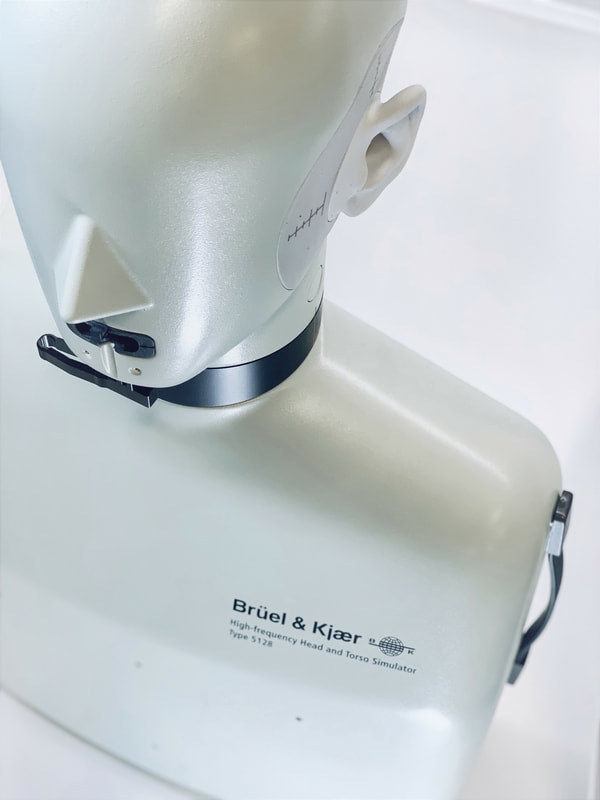
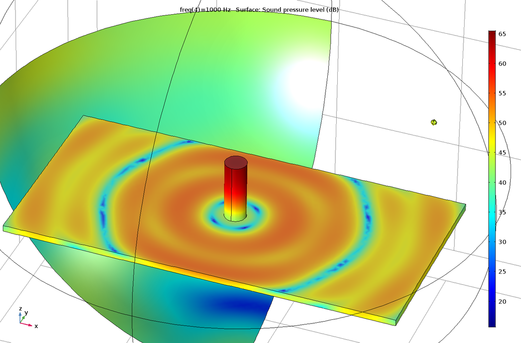
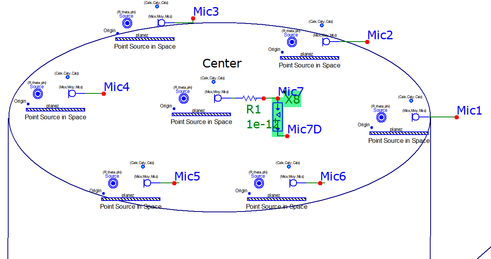
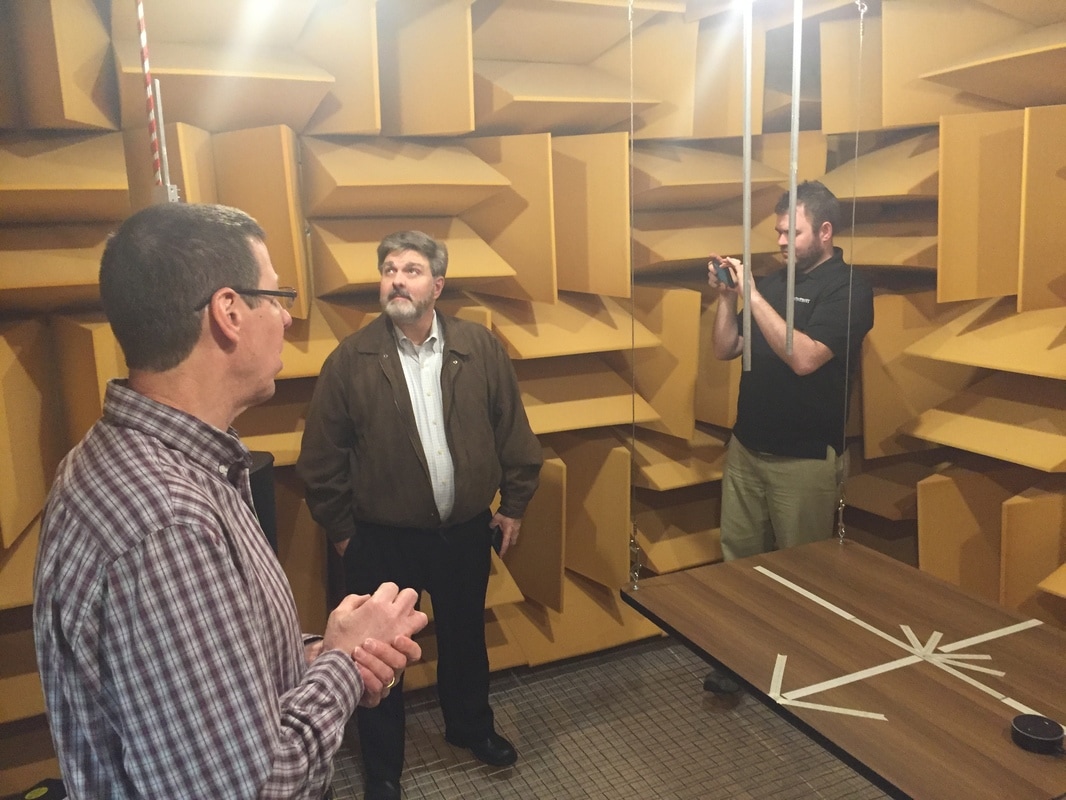
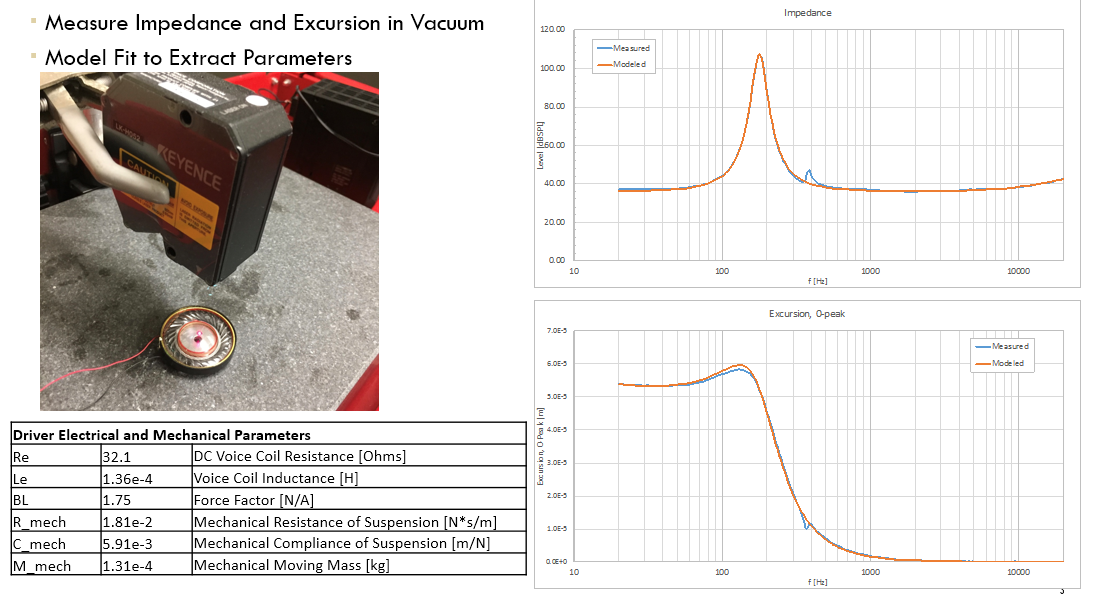

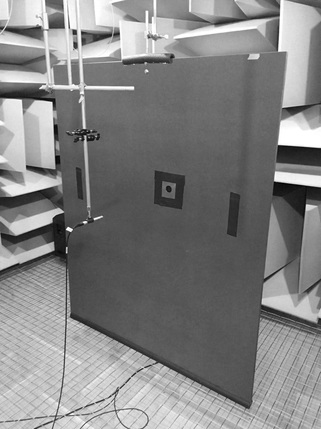
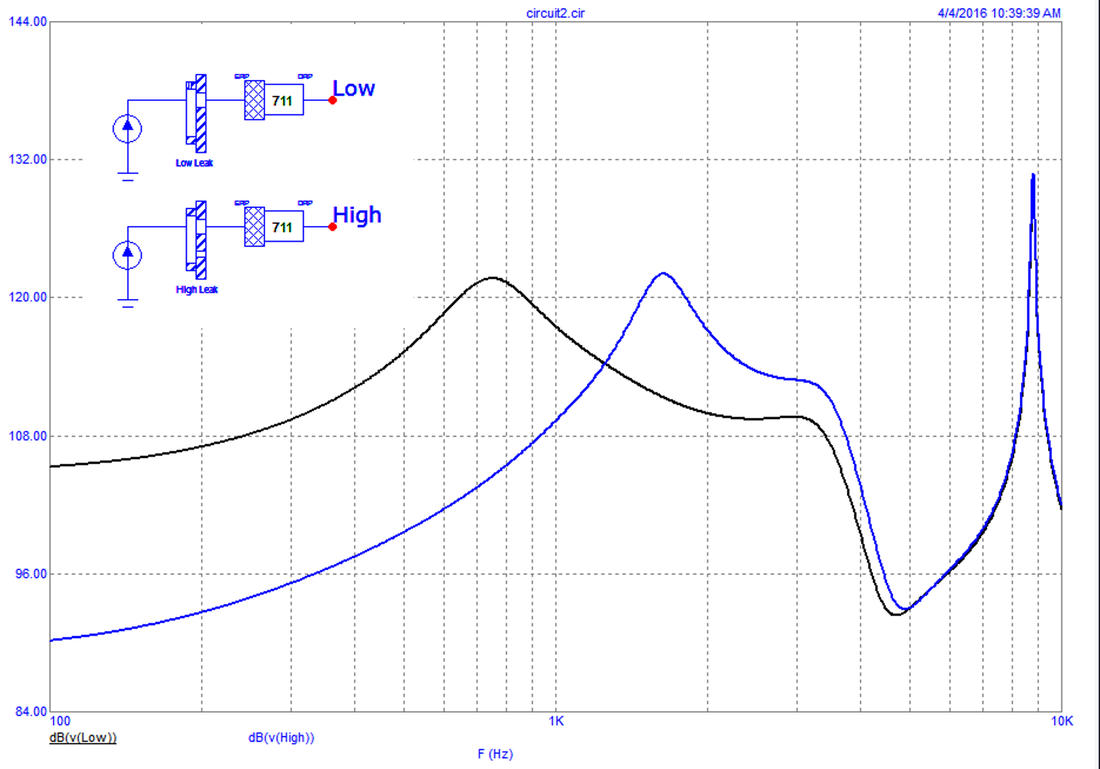
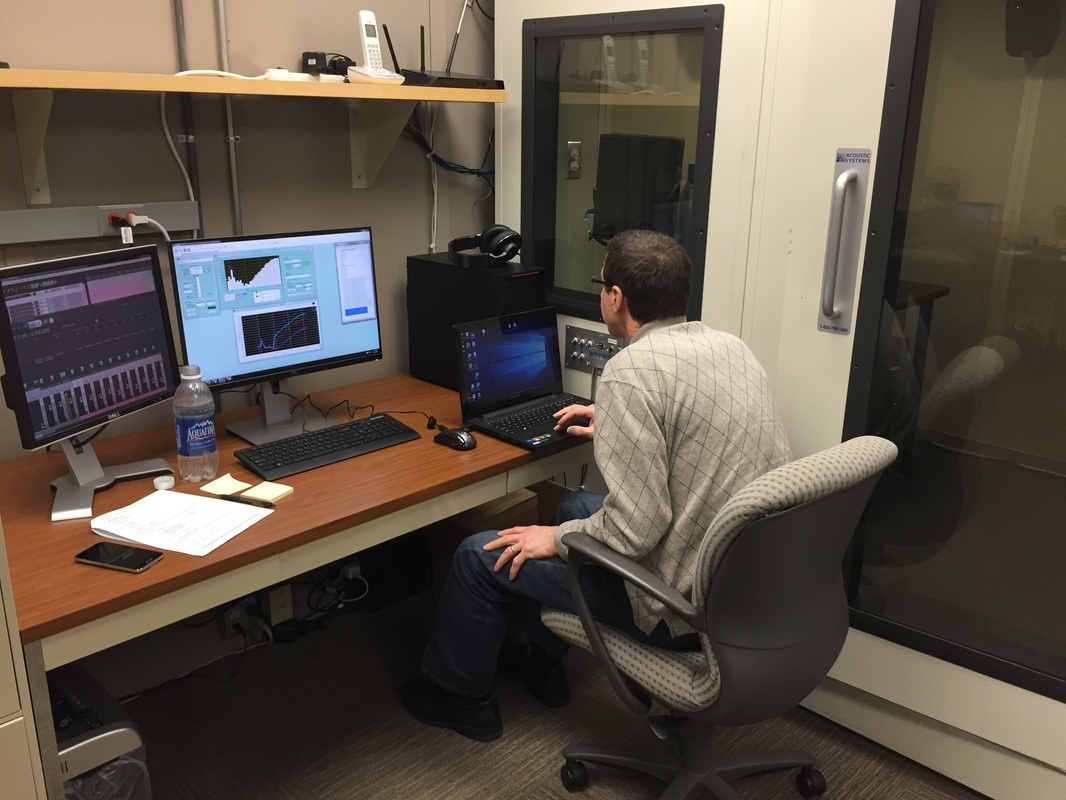
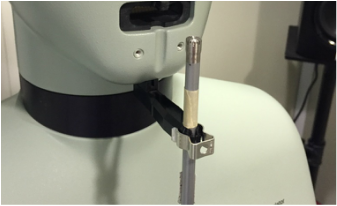
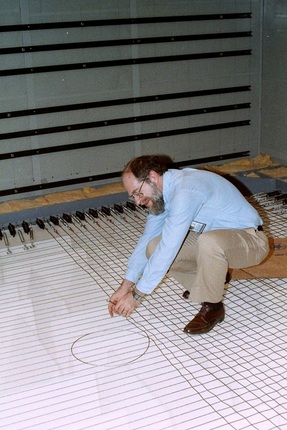
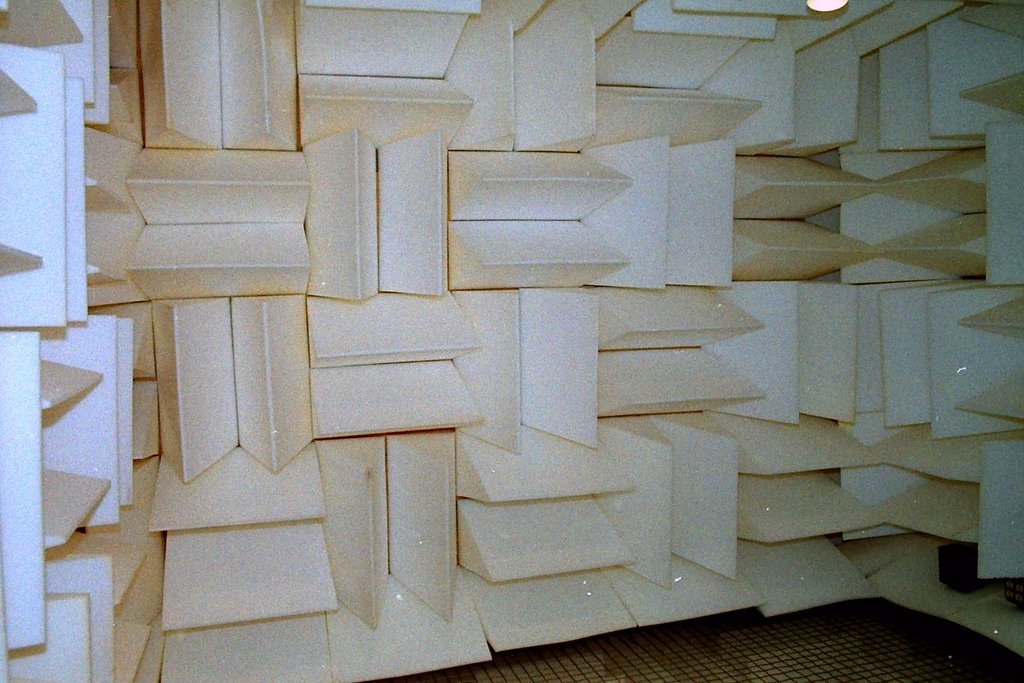
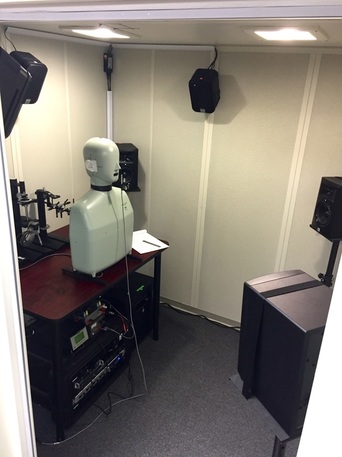

 RSS Feed
RSS Feed